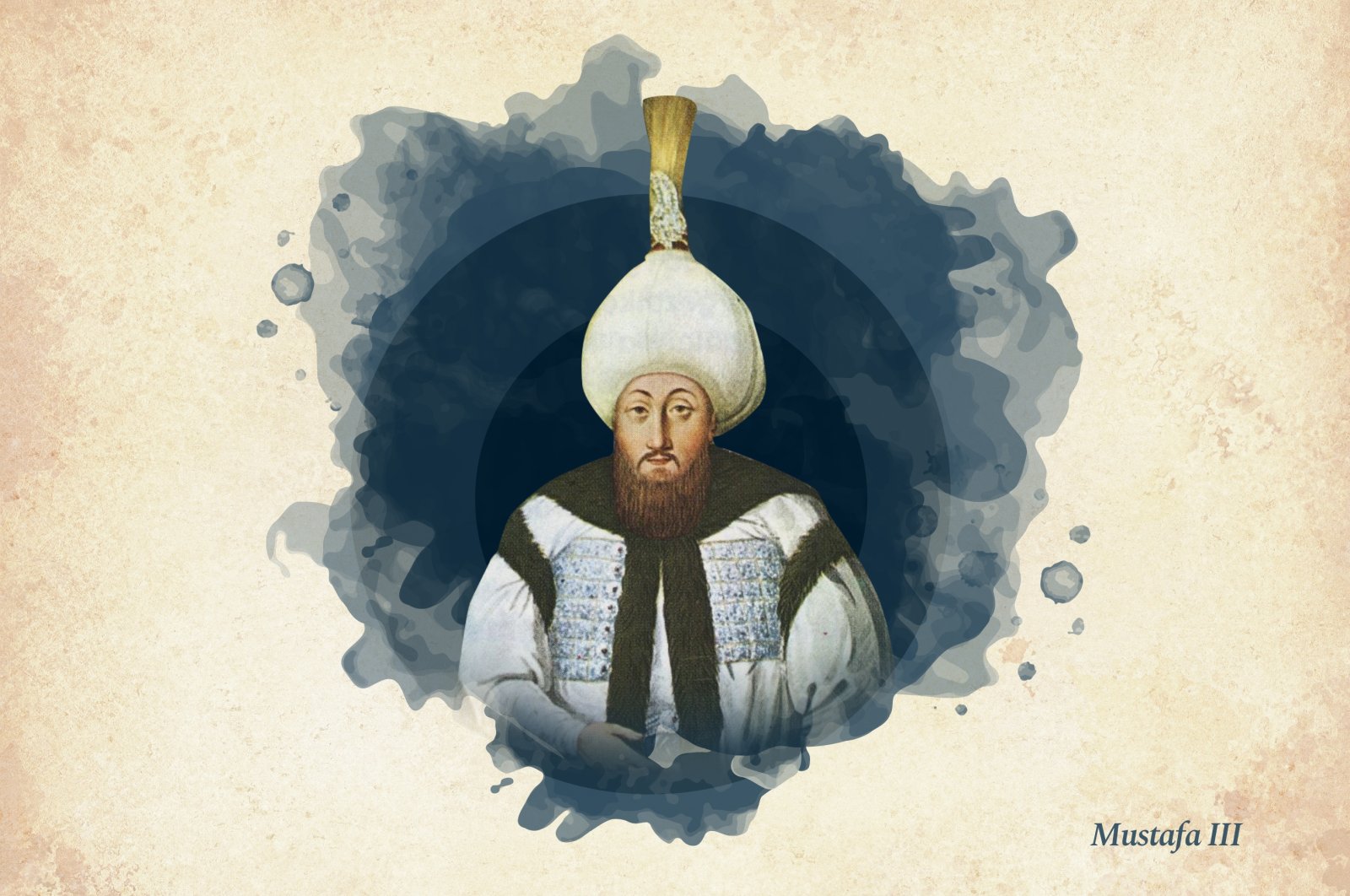
MIGHTY SOVEREIGNS of OTTOMAN THRONE: SULTAN MUSTAFA III
Sultan Mustafa III was the 26th Ottoman sultan and the 91st Islamic caliph. He was born on Jan. 28, 1717, to Sultan Ahmed III and Mihrişah Haseki. He received a good education in the palace. He waited during the reigns of his two uncles to ascend to the throne. Finally, Sultan Mustafa III succeeded the throne upon the death of Sultan Osman III in 1757.
After inheriting the throne, Sultan Mustafa left the esteemed bureaucrat Koca Ragıp Pasha as grand vizier. He paid the debts of those imprisoned for not paying them and refunded the fees paid during the renewal of the charter received from land-allocated officials. Such actions of the sultan gave rise to great joy and hope.
Sultan Mustafa followed a cautious policy at home and abroad. Although all the states wanted the Ottomans to join the war on their side in the Seven Years' War that took place in Europe between 1756 and 1763, he refused any alliance.
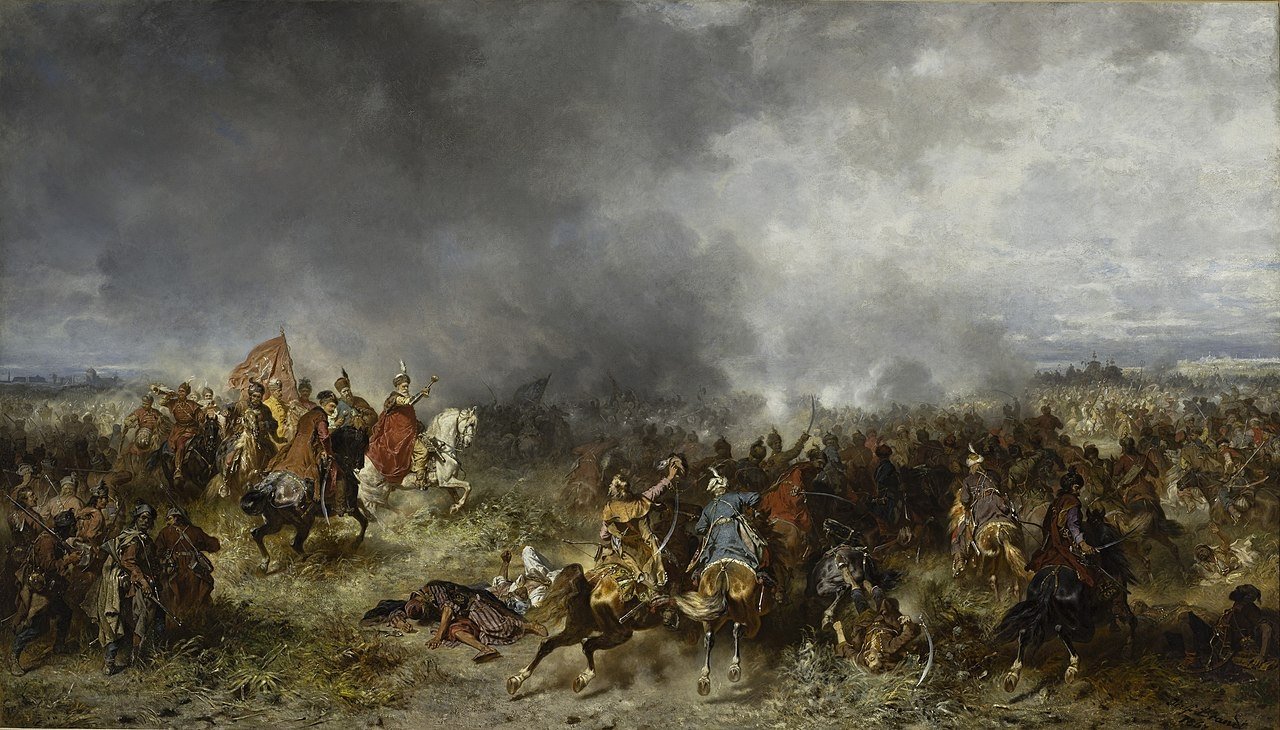
First defeat to the Russians
Sultan Mustafa III was a peace-loving ruler like his father. However, events did not go as planned during his reign. The Russians invaded Poland, which served as an equipoise. The Polish asked the sultan for help in return for the territory of Podolia. While the sultan was initially hesitant, the Russians crossing the Ottoman border and slaughtering Muslims made war inevitable.
The war, which started at the beginning of 1769, turned in favor of the Russians within a year. The reluctance and disorganization of the untrained Ottoman soldiers, combined with the patience and fortitude of the Russian army under the command of skilled commanders, made defeat inevitable. Sultan Mustafa wanted to go on the expedition himself but was prevented by his illness. His disease was described as hydropsy, asthma and polyps in the heart.
After a victory against the Russians during the Battle of Khotyn, he was given the title of ghazi, which means veteran soldier in Turkish. However, upon the loss of the war, when the title of ghazi was mentioned during a Cuma Selamlığı, a procession practiced by Ottoman sultans on their way to Friday prayers, some of the congregation shouted that the title was a lie. Although he was upset, the sultan did not say anything.
The strong Russian navy then entered the port of Çeşme and destroyed the Ottoman navy. In addition to this great disaster in Turkish history, when the Russians massacred the Turkish towns in Dobruja, Sultan Mustafa III suffered a cerebral hemorrhage from grief and became paralyzed. He died at the age of 57 on Jan. 21, 1774, while the Friday adhan (Muslim call to prayer) was being recited.
In an ironic twist of fate, his brother, Sultan Abdülhamid I, who succeeded him, would also die of a stroke after the castle Ochakov in Ukraine fell into the hands of the enemy during the ongoing Russian war and the people were put to the sword here. There is no other statesperson who died because of the sadness of what happened to his people in history.
Upon this defeat, the Treaty of Küçük Kaynarca was signed. The loss of Crimea meant that an area inhabited by Muslims was taken from the Ottoman Empire’s control for the first time. The Ottoman Empire was no longer the most powerful state in the world, but it was still among the most powerful states.
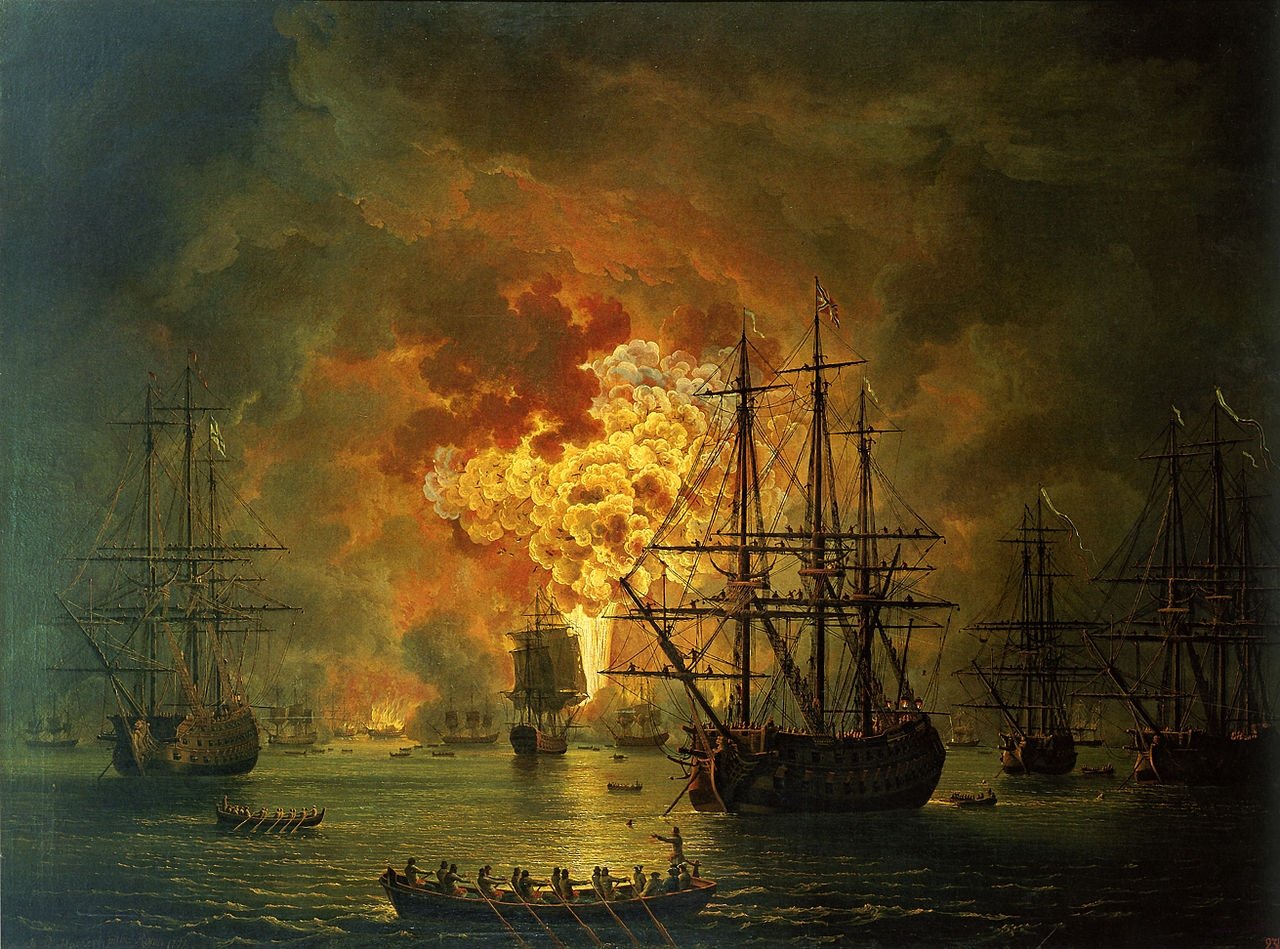
Facts and traditions
Sultan Mustafa III was described to be gifted by nature. He was skilled at separating the grain from the chaff. He was good at distinguishing right from wrong. He was prudent and active. He knew well the duties imposed on him as a sultan and tried to fulfill them sincerely. He used to read the incoming official texts to the end and was interested in their finest details.
Sultan Mustafa was described as kind-hearted, compassionate and philanthropic. He was pious, traditional, organized and fair. He gave great importance to the gathering of the complaints and demands of the people at the Cuma Selamlığı. In Eyüp Mosque, he once listened silently to the claims of a woman who complained that her son had been executed unjustly, and did not allow anyone to interfere. He wanted to reward the mudarris Osman Efendi, who had been helpful in suppressing the Morea revolution, by raising him two ranks. When Sheikh al-Islam Mirzazade Said Efendi said that this action was against the law, he accepted and did not object.
Sultan Mustafa III was enlightened by Naqshbandi Sheikh Beyzade Mustafa Efendi. He made the tradition of ulama’s gathering in the presence of the sultan and interpreting some verses from the Quran – which had been in practice since the time of Osman Ghazi, the founder of the empire – permanent and official in 1758. The attendees of these meetings, called "Huzur Dersleri", were rewarded with gifts. From the first day of Ramadan, meetings would be held in the presence of the sultan twice a week. In the first meeting, the 135th verse of the Surah An-Nisa, which reads “O believers! Be upholders of justice,” was interpreted.
Sultan Mustafa spoke well and was a good calligrapher. As every sultan had a hobby, he also used to bind books. He would blend in with the common people by disguising himself in haseki (palace officer) attire and try to learn about their condition. He used to perform his morning prayers in Hagia Sophia in disguise. With an order issued during the reign of Sultan Mustafa (1774), it was requested that Islambol be written as the place where both the edicts and warrants were written and the coins were minted.

A sorrowful debt bill
Sultan Mustafa III was depicted as an alert, cautious sultan who protected people of knowledge and virtue. He was generous but frugal when it came to state money. When he took the throne the treasury was full, as they had been living in peace for nearly 30 years. The sultan tried to preserve this state. In fact, when the war broke out, he said, "If I put the coin purses from the treasury on the side of the road from Istanbul to the front, it will stretch further.”
However, the war swallowed the money in the treasury. This time, Sultan Mustafa borrowed from their mother Mihrişah Sultan and spent the gifts that came to his son Şehzade Selim, who would be Sultan Selim III, and his daughter Şah Sultan during their birth, filling a total of 577 purses to fund the war. In return, he gave a bill of debt. This sorrowful debt bill is in the Topkapı Palace archive. It seems that this money was not paid back to the sultan. In Ottoman history, there are many instances where the sultan lent money to the treasury.
Sultan Mustafa III attempted a technological and tactical reform of the army. He brought the Hungarian noble Francois Baron de Tott, who worked in the French army, and the French Count Claude Alexandre, Comte de Bonneval, who converted to Islam and took the name Humbaracı Ahmed Pasha.
He commissioned a modern cannon foundry. Light balls were cast here. Artillery units were formed. In 1773, he founded a ship engineering school under the name of Mühendishane-i Bahr-i Hümayun, which is today's Istanbul Technical University (ITÜ). His son, Sultan Selim III added new parts to it after replacing his father on the throne.
Sultan Mustafa had storage facilities built in the cities. He encouraged the establishment of factories and workshops. He tried to revitalize the industrial revolution that had started in the time of his father but failed due to the coup in 1730. Had he been successful, the Ottoman Empire would perhaps have been one of the most developed countries today. His brother, son and nephew, who succeeded him respectively, continued this reform.
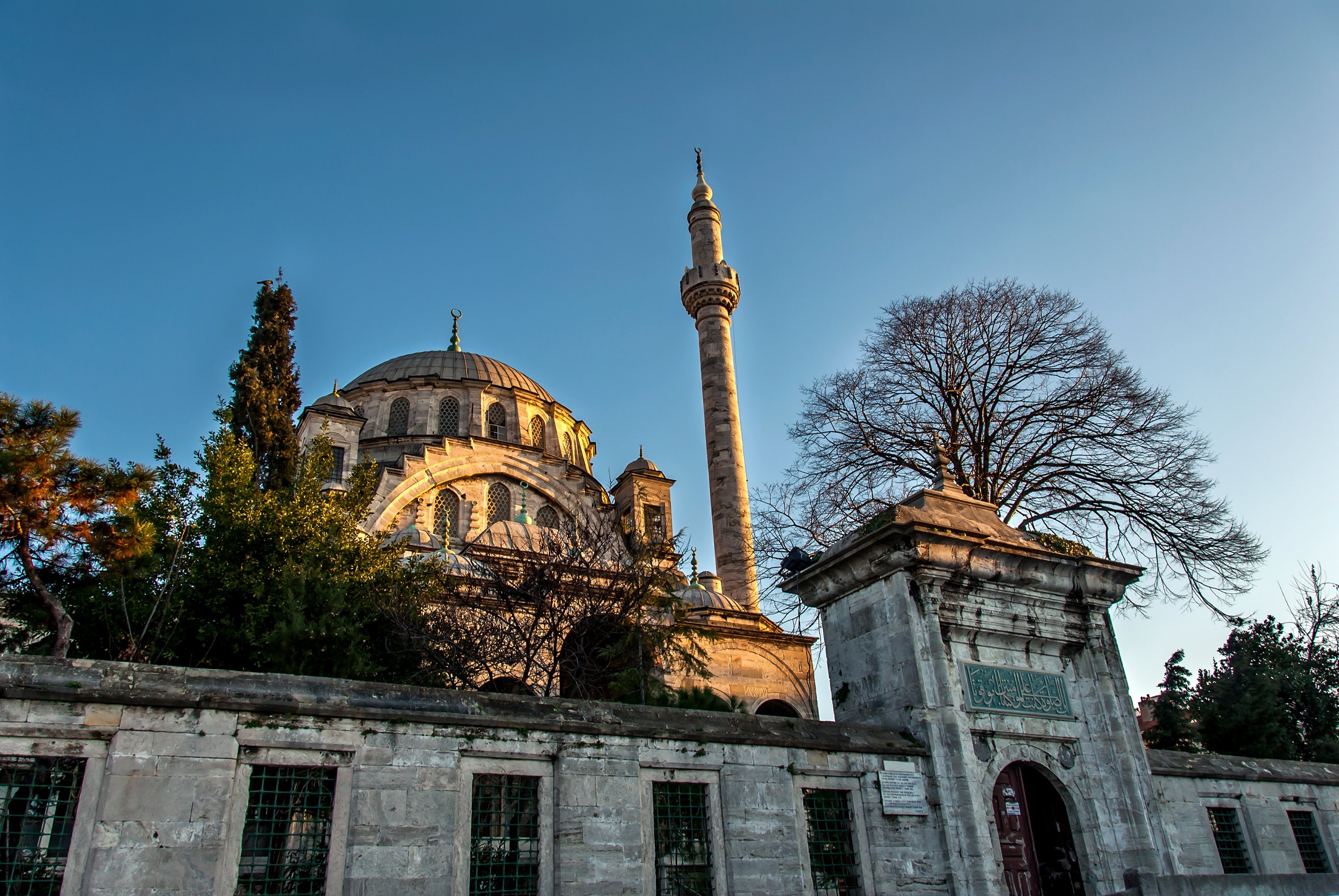
Sakarya Canal
Sultan Mustafa III attempted to connect the Sakarya river to the city via Sapanca Lake. Thus, the city could have a steady supply of water and the need for timber and wood would be easily met. Additionally, a comfortable route to Anatolia would have been established. Although the excavation work on the canals was started, the attempt was delayed when the Russian war broke out.
Sultan Mustafa was known to be very interested in astronomy and was considered a scholar on this subject back then. Since there was not much difference between astronomy and astrology at that time, some introduced the sultan as a sovereign interested in horoscopes and made a fool of themselves.
According to a story, through the ambassador Resmi Efendi, whom he sent to Frederick II, also known as Frederick the Great, who turned weak Prussia into a powerful state, Sultan Mustafa invited three of the astrologers he supposedly regarded as the secret of the king's success. Upon this, the king of Prussia said, "Let me give you three pieces of advice, instead of three astrologers: Read history, keep the treasury full, and maintain a strong army.”
This fabricated story, which has entered the school books to humiliate the Ottomans, was written in the report of then-French ambassador, who at that time tried to draw the Ottoman Empire into the war on their side and was unsuccessful. But it is never mentioned in the detailed sefaratname (books of travels of an Ottoman ambassador) of Resmi Efendi. Sultan Mustafa was aware of the Islamic ruling that no one but Allah knows the future. On the contrary, he was a sultan who was interested in both religious and positive sciences. He studied medicine. This era was the golden age of medicine. Dr. Subhi Efendi and Austrian embassy translator Herbert translated a book on the medical theory of Herman Boerhaave from Leiden, one of the famous doctors of the time, into Turkish.
When the kızlar agha (the head of the eunuchs who guarded the imperial harem) died after the palace physician Emin Efendi could not cure him, Sultan Mustafa got suspicious and put him to the test. It turned out that he was a medicaster. Thereupon, the sultan had all the medicasters in the city summoned and banned from the profession. He even executed and exiled some of them. Doctors were brought from Europe to improve the state of medicine in the empire. Dr. Caro from Naples and German Dr. Ghobis gained fame and reputation among them.
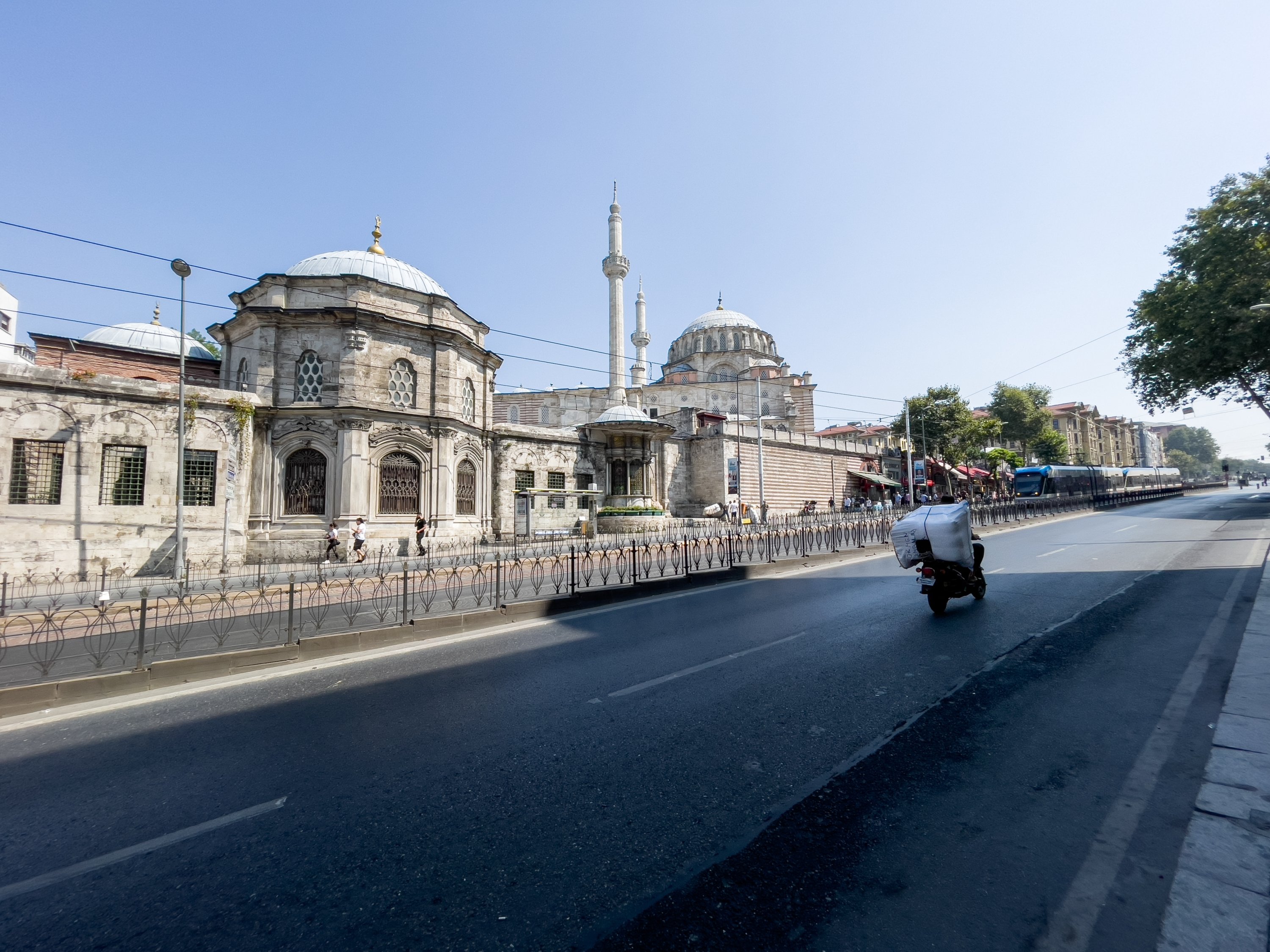
Mosque to water
In 1766, an earthquake called Little Doomsday happened in Istanbul. The city was destroyed in two minutes, and Sultan Mustafa put extraordinary effort into reconstructing and reviving the city. Despite the following war, he immediately repaired the Davud Pasha Pavilion, the Grand Bazaar, the city walls, Baruthane, Saraçhane, Janissary rooms, Tophane and Maiden's Tower. In the meantime, he rebuilt the Fatih Mosque, which had leveled to its foundations.
Laleli, Üsküdar-Ayazma, Kadıköy-Iskele and Paşabahçe Mosques were among Sultan Mustafa's many charitable acts. But, oddly enough, these mosques are not known by his name, as is the case with the ITÜ.
Rumor has it that Sultan Mustafa once saw a wali named Laleli Baba in his dream. He asked the Saint about the greatest happiness in the world. The saint replied, “It is being able to take out what you eat and drink.” The sultan found this answer beneath a saint. Then he suffered from severe constipation. Doctors couldn't find a cure. The wali, who appeared in his dream again, promised that he would get rid of this disease if he built a mosque in his name. This is the story behind the construction of the Laleli Mosque.
For this reason, Sultan Mustafa said, “I had four mosques built in Istanbul. I gave two of them (Ayazma and Iskele) to water and one to break wind (Laleli). I lost one of them to my grandfather (Fatih)." Ayazma means holy water. He had the Ayazma Mosque, famous for its birdhouses, built for the sake of his late brother Şehzade Mehmed and his mother Mihrişah Valide Sultan. Iskele Mosque is the only mosque in Kadıköy built by a sultan.
Sultan Mustafa III was buried in a tomb in the courtyard of Laleli Mosque with his son Sultan Selim III. One of the four kadem-i şerif (footprint of Prophet Muhammad) in Istanbul is here. Laleli Mosque was a complex with its madrassa, soup kitchen and fountain. His wife Mihrişah Valide Sultan was also known for her charity. Zeynep Sultan Mosque also belongs to this period.
Poem about despair
Sultan Mustafa III was one of the most unfortunate rulers of Ottoman history. Although he performed very important services such as the establishment of the technical university, the first heavy defeat against the Russians and one of the biggest earthquakes that Istanbul has ever seen happened during his reign. For this reason, his good deeds were forgotten, and he has always been associated with disasters.
He used to write poems under the pseudonym of Cihangir. The following translated verse, which the sultan uttered in sadness because he was not able to find a competent man to give the seal of grand vizier after Koca Ragıp Pasha passed away, is very famous:
“Do not think it will be mended by us, the world is fading away
To the inferior, misfortune has always given power and authority
Now those in high positions are always dastardly
Our work is up to God's mercy.”
Önceki Yazılar
-
NO MARRIAGE WITHOUT PERMISSION!24.07.2024
-
THE TRUTH OF KARBALA17.07.2024
-
CONTRIBUTIONS OF THE TURKS TO ISLAM10.07.2024
-
OUR TRADITION OF THE ENTARI (JALLABIA ) HAS YIELDED TO TIME3.07.2024
-
GALLOPING THROUGH HISTORY: THE OTTOMAN EMPIRE'S POSTAL COURIERS26.06.2024
-
SUMMER HAS COME, LET'S GO ON AN EXCURSION...19.06.2024
-
HOW DID THE TURKS LOSE THE ARAB LANDS?12.06.2024
-
IT WAS AN ART OF EXECUTIONER...5.06.2024
-
ARAB NATIONALISM AND THE TURKS29.05.2024
-
HOW DID TURKS BECOME MUSLIM?22.05.2024